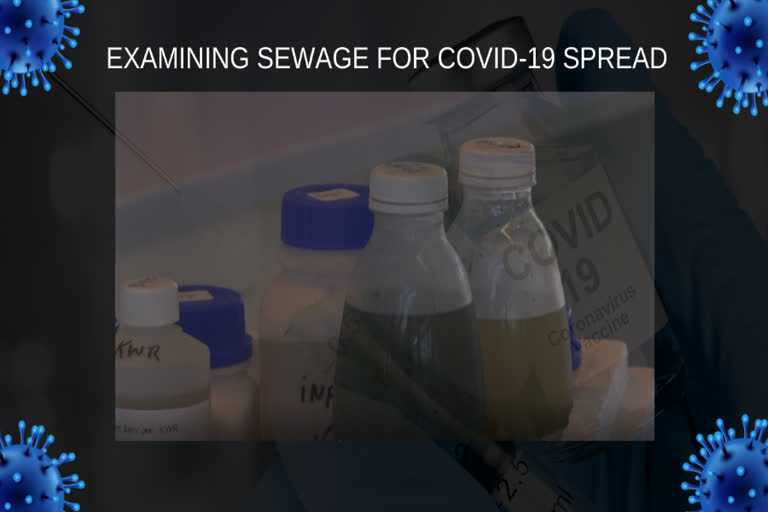Examining sewage can reveal where and when the pandemic is emerging, providing scientists with a warning system of COVID-19
At this water treatment plant in Amsterdam samples of sewage are carefully collected and sent to the KWR Water Research Institute.
- Dutch researchers say by measuring the amount of virus is in the water they can begin to calculate whether the numbers of the virus cases are rising or slowing and then advise health officials accordingly.
- They say this could help to inform officials to recognise an outbreak, or perhaps support evidence for a localised lockdown.
- KWR's principal microbiologist Gertjan Medema says: "The beauty of the finding was that in several cases we found the virus even before the first cases were reported. So meaning that a sewage signal could be an early warning signal for the emergence and now we hope also for a reemergence of the virus circulation."
"We think we can see in the sewage what the virus is doing in the population. So if it's going down, which we see in several of our cities or we see signals, that is that it's not going down further so is that an effect of the reopening of society. We even see an increase in some cases," says Medema.
They can't tell how many infected people a community has from the RNA levels in wastewater, just indicate overall trends.
"Sewage surveillance is particularly strong if it's population surveillance and it's a large population because then the variability evens out," says Medema.
He explains: "It is possible, of course, to go upstream in sludge, to sample certain areas to find if certain city areas are more prone to or have more virus circulation than other city areas. We have not done that here We are considering that. I know they've done it in Istanbul, for instance, where they've used it to localize or do a more localized analysis."
This could be particularly useful in alerting local government officials who are who face decisions over whether to take the drastic and often unpopular step of total lockdown.
Dr Hauke Harms is a microbiologist and head of the Helmholtz Centre for Environmental Research said "You need a certain minimum number of people to have the chance to find a signal because the signal is very fast, it flows through the tubing and then it's gone. So the more people are connected, the more wastewater from different houses is collected the higher the chance that you find something. So we start at the wastewater treatment plant where everything comes together. If we have enough people in a certain neighbourhood or a certain quarter of a city, then we could also go there where this water flows together and say something more about the exact location within the city."
